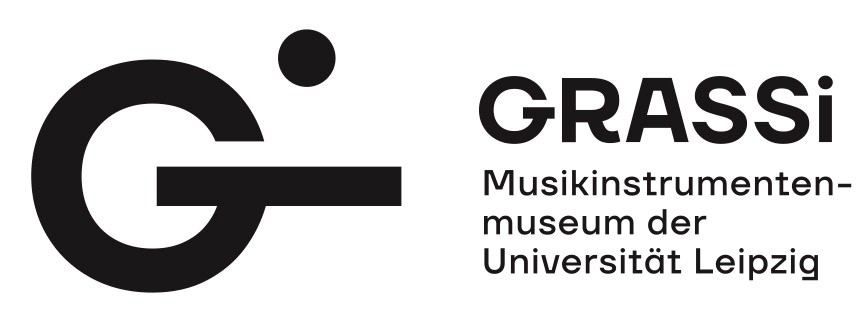The History of the Museum of Musical Instruments
The foundations of the Leipzig collection were laid during the 19th century and are closely connected with Paul de Wit (1852-1925), a Dutchman who lived in Leipzig at the time. In 1886, de Wit opened a museum at Thomaskirchhof 16, the location of today's Bosehaus and Bach-Museum. Musical instruments were displayed and occasionally even used for performance. However, de Wit sold the entire collection to paper manufacturer Wilhelm Heyer (1849-1913) in 1905 due to unsuccessful sales negotiations with the city of Leipzig. In 1913, the Musikhistorisches Museum Wilhelm Heyer (The Wilhelm Heyer Museum of Music History) opened its doors to the public. The exhibition included the extraordinarily precious musical instrument collection of Baron Alessandro Kraus (1853-1931) from Florence as well as various instruments made by the piano manufacturer Ibach of Barmen. The museum remained open for several years after the unexpected death of Wilhelm Heyer, until his successors decided to sell the property. Henri Hinrichsen (1868-1942), proprietor of the renowned music publisher C.F. Peters, made a generous donation of 200,000 Mark, and the State of Saxony provided an additional 600,000 Mark, which allowed for the Heyer musical instrument collection to be purchased for the University of Leipzig in 1926. The city of Leipzig designated the North wing of the newly built Grassi Museum as the new residence of Heyer's instrument collection. The Museum of Musical Instruments of the University of Leipzig celebrated its grand opening on May 30, 1929.
World War II caused catastrophic damage to the collection. The building was completely destroyed by fire as a result of the air raid during the night of December 3rd/ 4th, 1943. The pianos of the Ibach collection as well as the archives and the library could not be salvaged. The inventory that had been evacuated from the museum was only partially retrieved; theft and improper storage caused great losses. During the beginning of the 1950s, the museum was rebuilt and gradually opened to the public again. Since then, systematic purchases and individual bestowments helped to expand the collection greatly.
Today, the collection offers our visitors an overview of European instruments spanning from the Renaissance to the present. The current inventory contains gradually acquired individual purchases and donations, as well as complete private collections, which have continuously enriched the Leipzig collection. The following section introduces the most important of these complete collections.
Bei dem heutigen Museumsbestand handelt es sich sowohl um Objekte, die über die Jahre einzeln angekauft und gestiftet wurden, als auch um komplette Sammlungen aus Privatbesitz, die nach und nach die Leipziger Kollektion bereicherten. Von diesen kompletten Sammlungen seien die Wichtigsten hier vorgestellt.








